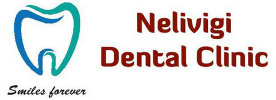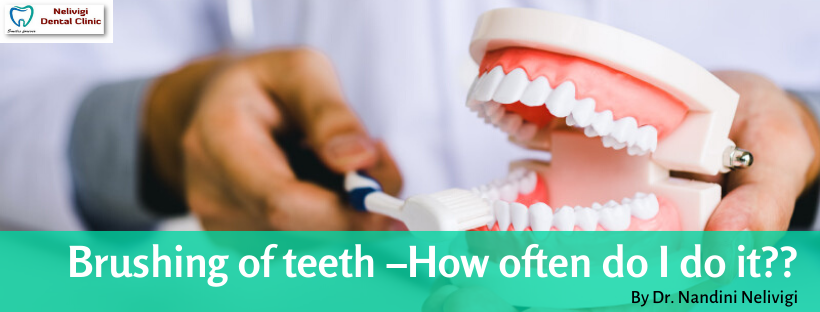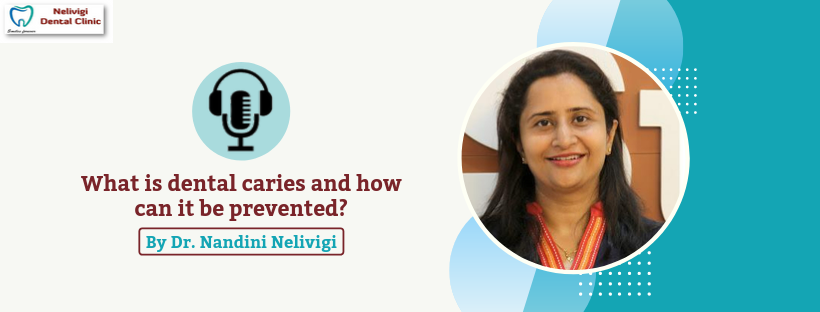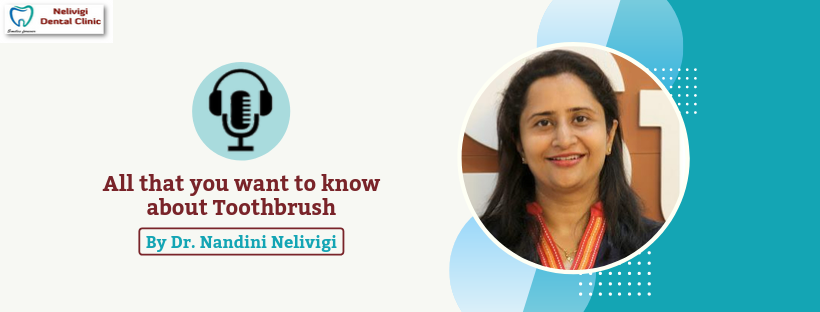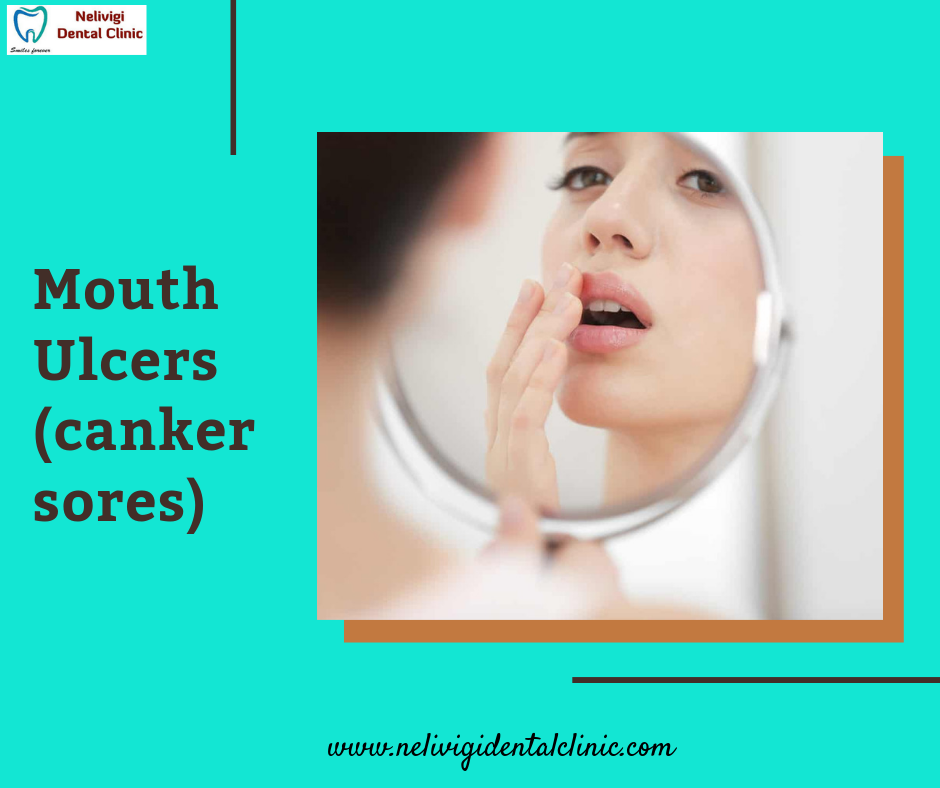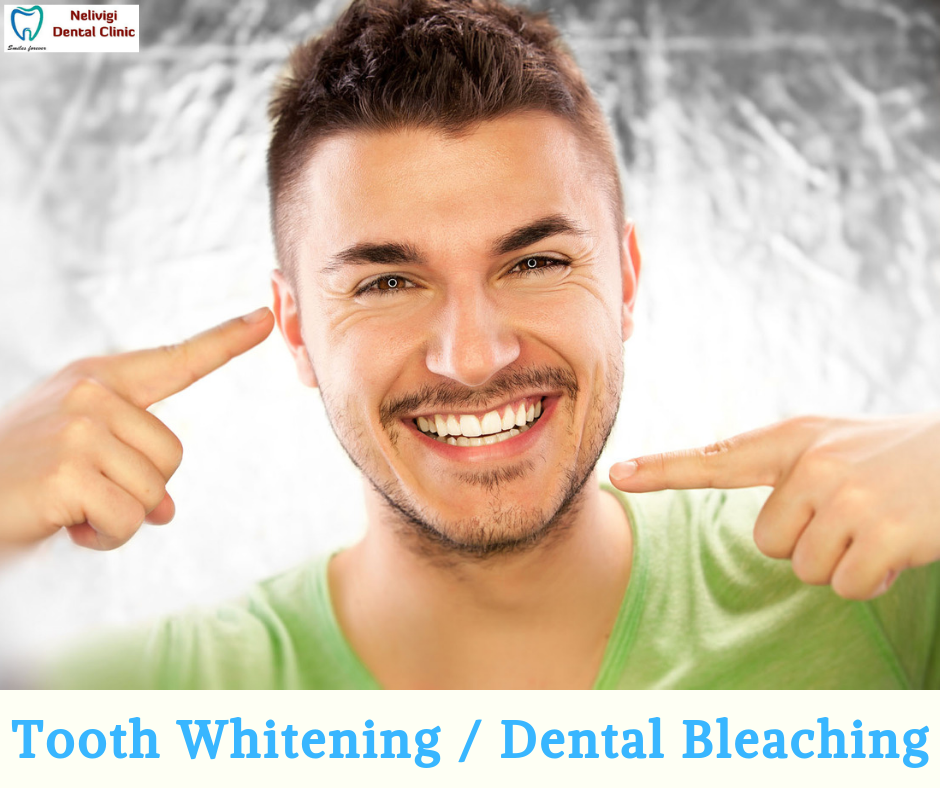Brushing of teeth – How often do I do it??
People believe in brushing teeth at different times of the day and a different number of times in a day. Hence one may be confused as to how many times and when to brush your teeth. It is generally recommended to brush your teeth twice a day, before breakfast and after dinner. Developing this habit as a routine helps you not forget to brush your teeth every day. It is advised to wake up in the morning swish your mouth nicely with water then brush your teeth for approximately 2 minutes.
